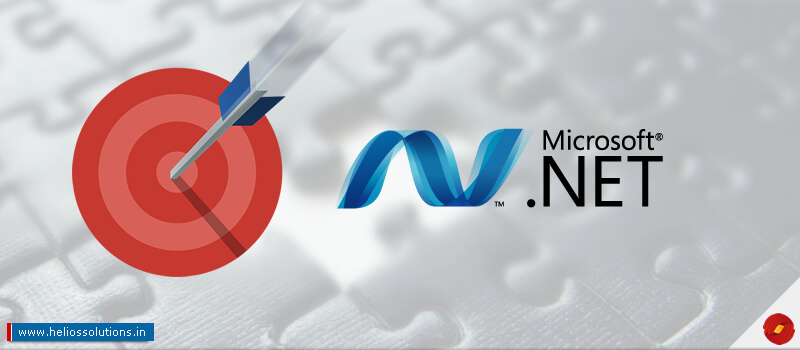The development space has been a buzz with confusion soon after Microsoft introduced .NET Standard. We realized that almost the same questions were doing the rounds – is it one more .NET framework? Is it the new way of referring to the old .NET framework? Is it synonymous to .NET Core? And so forth. So, this article is aimed at eliminating all the confusion around this new member in the .NET ecosystem. Let us get started:
An issue with .NET
All the major platforms in .NET ecosystem have their own Base Class Library (BCLs) and each platform uses their own BCL to communicate with the Common Infrastructure’s API. This infers that any change made to any one platform’s BCL has to be replicated across other BCLs in order to keep them synchronized and offer whatever new feature that caused this change in the BCL at the first place. Hence, supporting separate BCL’s which are likely to grow in number as the .NET ecosystem evolves is a significant issue and here the .NET Standard enters the picture.
See Also : 6 Ultimate Reasons To Pick Dot Net Platform For Web App Development
.NET Standard
This problem of code sharing across all platforms, prevalent among dot net development specialists is solved by .NET Standard. It brings all the APIs that is expected across the environment you need such as desktop applications, mobile and gaming applications and cloud services, under one umbrella. Thus it unifies all the .NET platforms such as .NET Framework (old .Net), .NET Core, Universal Windows Platform (UWP), Xamarin, Windows Phone as well as Mono, and averts future fragmentation. Dot NET Standard 2.0 significantly increases the set of libraries that can be referred from the .NET Standard libraries as it includes a compatibility shim for .NET framework binaries.
How .NET standard applies to .NET Core
Now our team of dot net development experts, project managers or any other key decision makers can easily know which version of the .NET standard is supported by the platform they have chosen. This will facilitate them to make decisions quickly based on the needs of their problem domain. Moreover, nothing can stop you from running two separate platforms, .NET framework and .NET Core, on the same server in harmony. This means it is fully possible for you to have multiple applications using different .NET platforms on the same system.
Wrapping up
Microsoft brought in .NET Standard as a step to drive greater compatibility between the various supported operating systems by curating a standard BCL. Hence, .NET Standard can be imagined as the next generation of Portable Class Libraries (PCL) aimed at establishing further uniformity across .NET runtime by improving your experience on creating portable libraries.
Hope this article might have helped you to enhance your knowledge. We are a Dot Net Development Agency experienced at delivering highly professional and satisfactory solutions to our esteemed clients for more than a decade.




